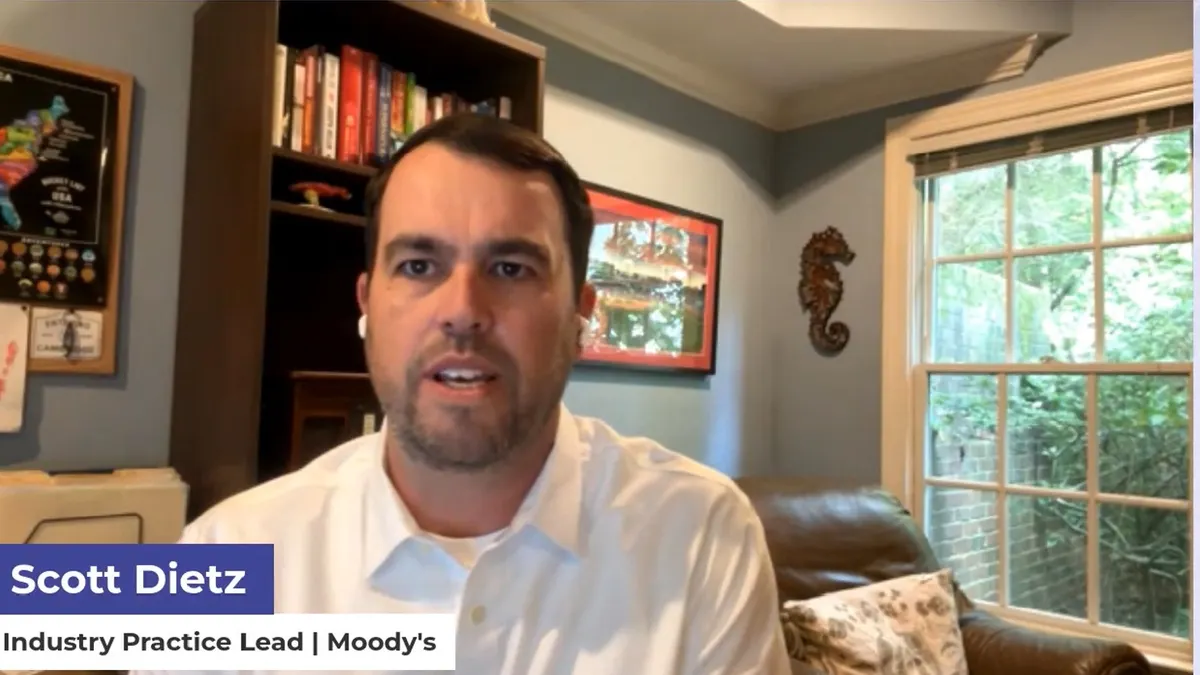CFOs have spent the last decade proudly digitizing finance. ERPs hum in the cloud. Treasury runs on real-time dashboards. Everyone can slice liquidity seven different ways before lunch. But when it’s time to pay the people who actually keep the business alive, most companies quietly fall back on infrastructure that was built for a single-country, single-bank, single-status employee.
That gap is the structural reason why global workers chase their own pay, and why finance leaders live with a level of payout risk and noise they’d never tolerate anywhere else in the stack.
Meet the new workforce who don’t live on your rails
Look at who you’re really paying now. It’s not “headcount in HQ” plus a few expats. It’s:
- An engineer who codes from Belgrade this year and Lisbon next year.
- A designer in Lagos who bills three clients on three continents.
- A contractor in Bogotá who’s paid in USD but lives entirely in COP.
They move countries, currencies, and client mixes with ease. Their lives are already global. Their money is not. When they talk about getting paid, they’re not talking about your internal process flow. They’re talking about: Will this land in something I can actually use? How much will disappear in fees and FX? Will it arrive before my landlord loses patience?
You call it “cross-border payroll.” They just call it “Tuesday,” and it’s too fragile.
We’ve normalized something we shouldn’t
The idea that if money disappears in fees, or gets stuck in limbo for days, or shows up in a form that’s hard to access should not be endemic to global payments. Certainly not if the payees are your workforce.
It’s a decision baked into the pipes.
Every hop between banks, every opaque FX spread, every day of float is value moving away from the person who earned it and into a system that wasn’t designed for them. The worker absorbs the uncertainty. The contractor carries the FX risk. The person in the “wrong” country gets the worst version of your payroll.
From a CFO’s screen, this shows up as “cost of doing business,” “timing differences,” “network limitations.” From the worker’s phone, it shows up as: I did the work. Why is my money behaving like a lost suitcase?
First off, payments are not HR’s job
For too long we’ve filed pay experience under HR, “employee brand,” or some soft corner of the business. I think that’s outdated.
If your company relies on a global workforce, paying people clearly and reliably is a finance responsibility on the same level as managing liquidity or credit risk. Why? Because the consequences of getting it wrong are not fluffy: The best contractors stop working with you, create negative impact on other contractors, and impact your reputation and ability to attract new talent ; certain markets become “no-go” zones because your payouts are infamous; leadership teams abandon otherwise attractive expansion plans because “we can’t trust the rails.”
You see all of that eventually... in churn, in hiring costs, in markets you quietly avoid. That’s a capital allocation problem. It belongs squarely on the CFO’s desk.
Who's to blame? Legacy architecture.
It’s easy to point at compliance. Yes, the alphabet soup is real: KYC, KYB, AML, tax, licensing, local reporting. Of course you can’t just wire money around the world and hope for the best.
But compliance and speed are not opposites. Our problem is that we are trying to bolt 2025-level regulatory complexity onto 1980s-era assumptions about how money moves. The underlying architecture still expects:
- One entity paying mostly domestic employees
- Banks as the only meaningful access point
- “Cross-border” as the rare exception, not the default
No wonder everything groans under the weight of a modern workforce. We’re asking a rotary dial network to run a streaming service.
What do I propose? Start with the worker, not the wire
Fintech has mostly been about interfaces: nice apps, friendly dashboards, clean onboarding flows. Valuable, but cosmetic if the pipes underneath are still old. Putting lipstick on a pig.
A good infrastructure like Papaya Global can help, but being a regulated, programmable backbone that assumes your people are global from day one - and behaves accordingly. And you don’t need to build or manage it yourself – we're doing so for you.
If you start from the worker’s reality – whether they’re payrolled, an independent contractor, a gig worker or anything else – instead of the bank’s, different requirements pop into focus:
- Earnings should land in a place that feels like a real account or wallet, not a half-solution that only works “if your local bank cooperates this week.”
- FX and fees should be visible and predictable, not a surprise penalty for living in the “wrong” country.
- Compliance should be baked into the flow, not stapled on by a heroic payroll team every pay cycle.
- Every payout should throw off clean, real-time data your finance team can actually use, instead of a reconciliation hangover two weeks later.
In other words, money in motion should automatically be data in motion, for you and for the people you’re paying.
A sneak peek of what I’m building at Papaya Global
Payroll is the one place where you cannot hide from the question: does this infrastructure work for both the business and the people? There is no “good enough” when the end result is someone’s rent or food.
At Papaya Global, I’m building a new type of infrastructure specifically for this tension. The goal is to remove the distance between work done and money earned; without asking CFOs to close their eyes to risk or give up control over cash. When we succeed, your global payouts won’t feel like a fragile chain of favors.
Instead, your finance team will gain a calmer, sharper view of liquidity. And your workers – no matter who or where they are - will stop having to become their own treasury departments just to get paid.
The workforce has gone global. The money will follow, one way or another. I’d rather we design that future on purpose, with infrastructure that respects the people at the edge of the network as much as the numbers at the center.










